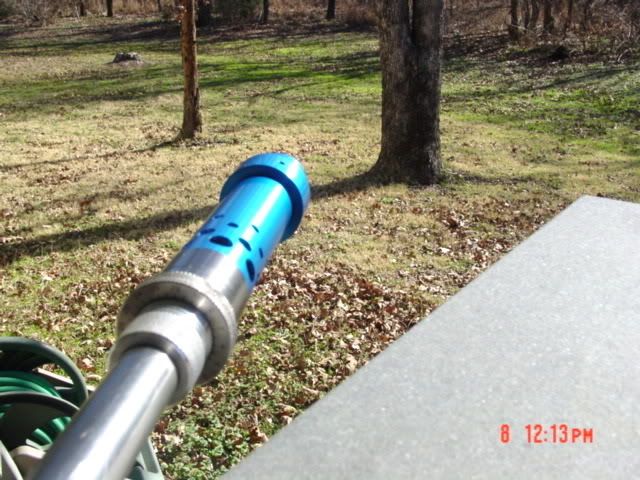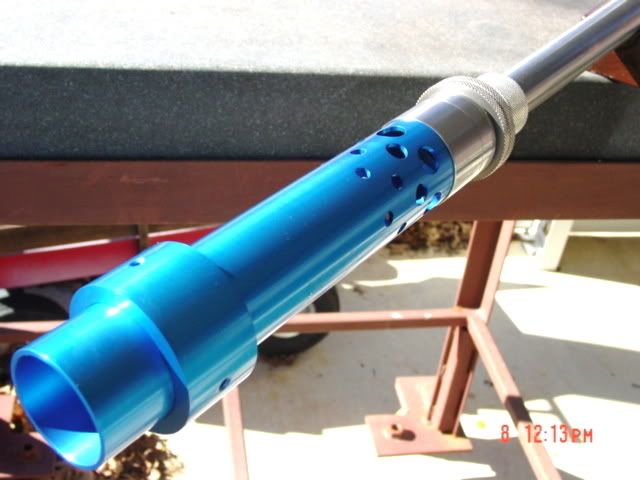Butch Lambert
Active member
This is James Pappas J&J Blue Kernoodle attached to a Shadetree Engineering tuner.


Thought you guys might like to see this.
Butch
www.shadetreeea.com


Thought you guys might like to see this.
Butch
www.shadetreeea.com

